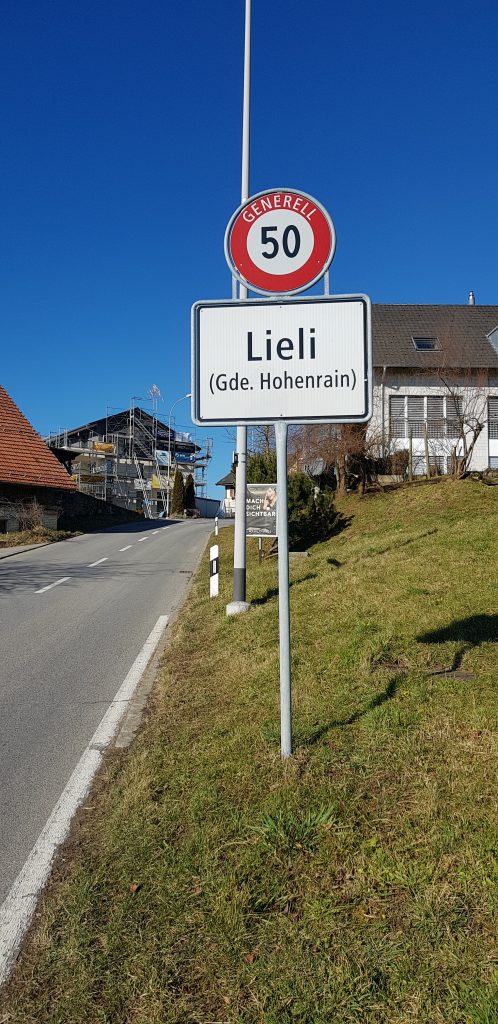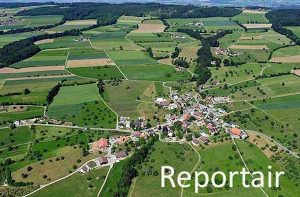VILLAGE OF LIELI, CANTON LUCERNE, SWITZERLAND
This little village has a special, personal meaning to my entire family, back in 1996 one of my wife’s sisters, married to a Swiss, decided to emigrate from the USA back to Switzerland with their 3 children and settled in this little Village of 250 people.
After living in South Florida for many years, the move to Switzerland, and especially to this little village in the middle of Central Switzerland, was an amazingly, gutsy move, for which I still admire them today.
My son spent many holidays in this village, during his summer and winter vacations he used to come to Switzerland to spend time with his cousins. I decided to visit Lieli a few days ago with my son, we parked the car in the village and walked up the hill towards the ruins of Castle Nünegg, as my son was sitting in one of the windows of the ruins, reminiscing, how he used to play around the ruins of this castle with his cousins, I decided to explore the remains of this 13th century Castel.
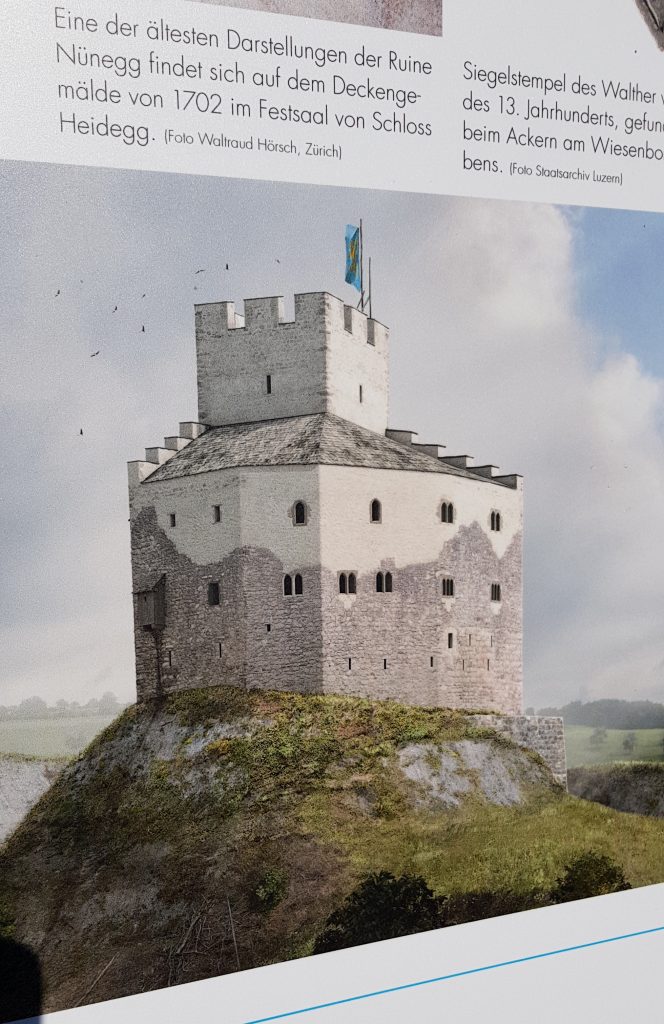
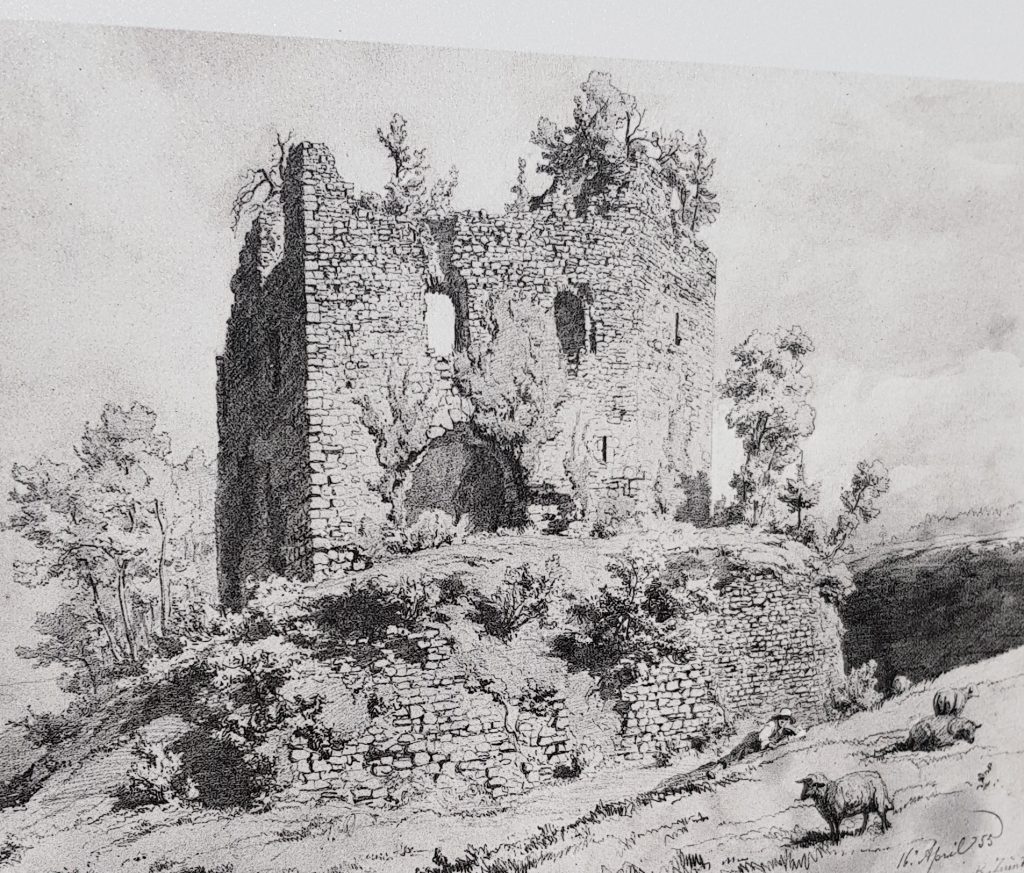
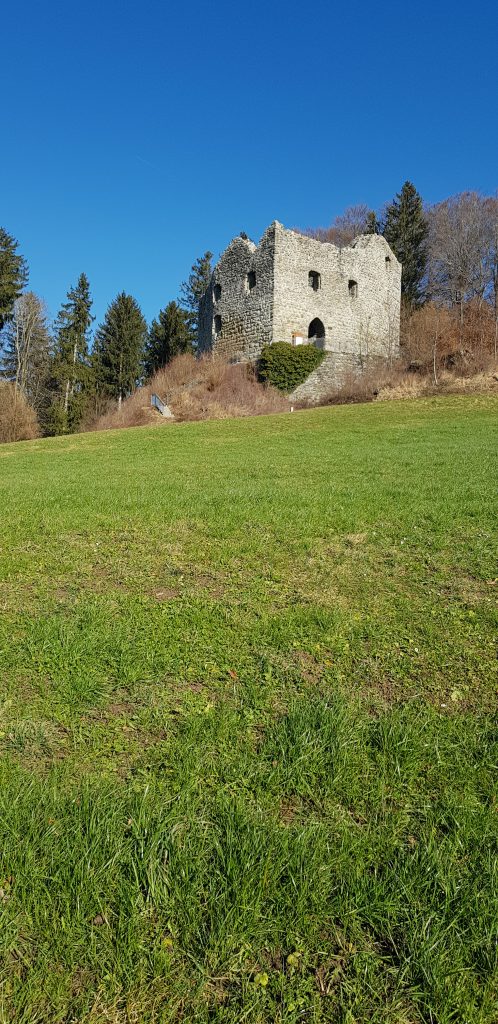
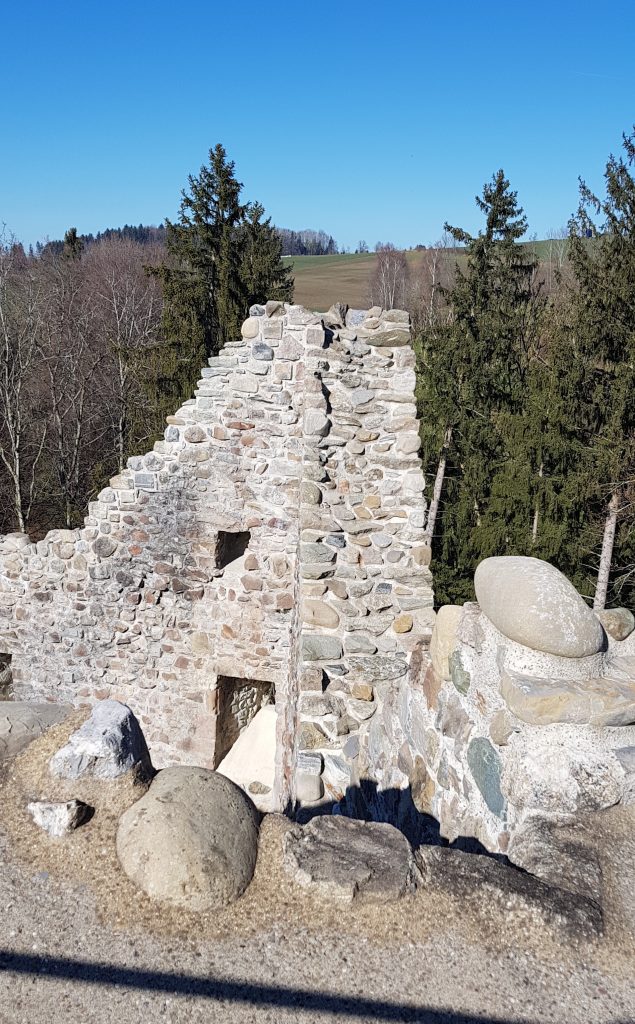

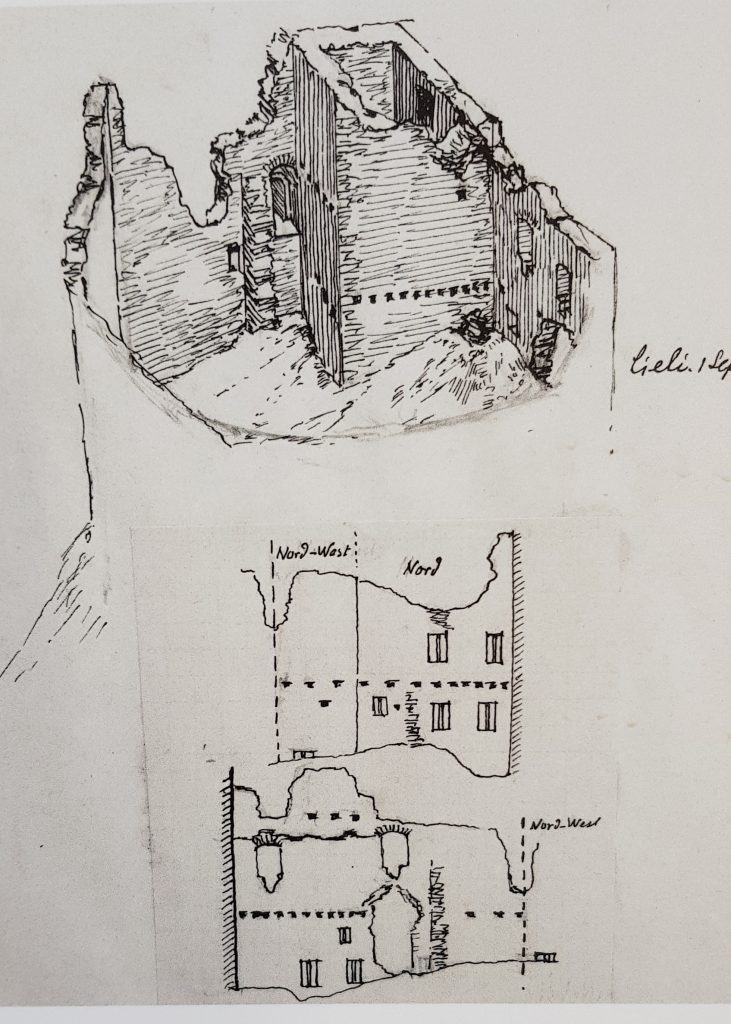
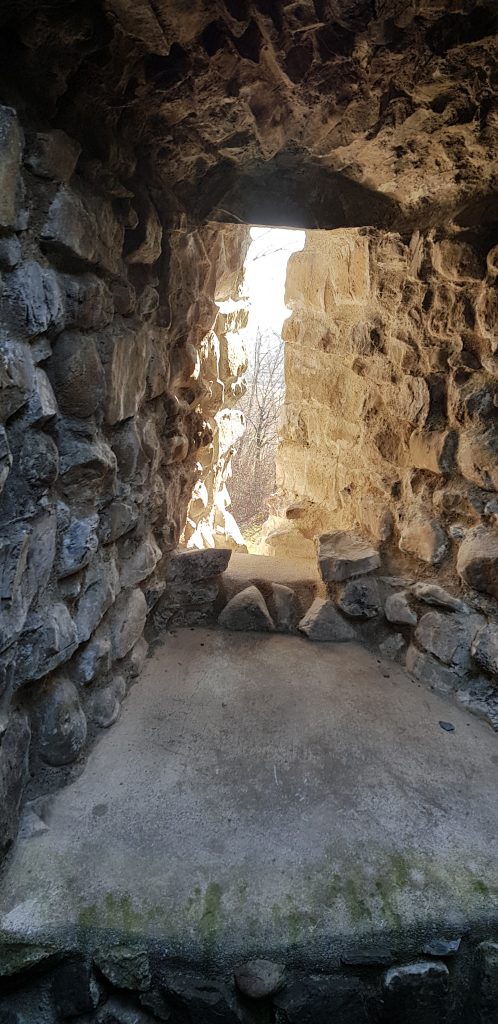
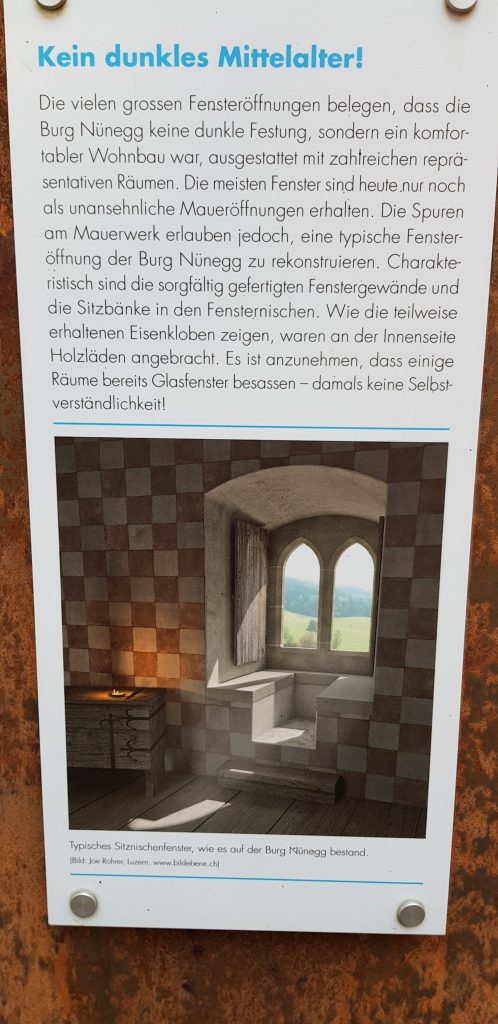
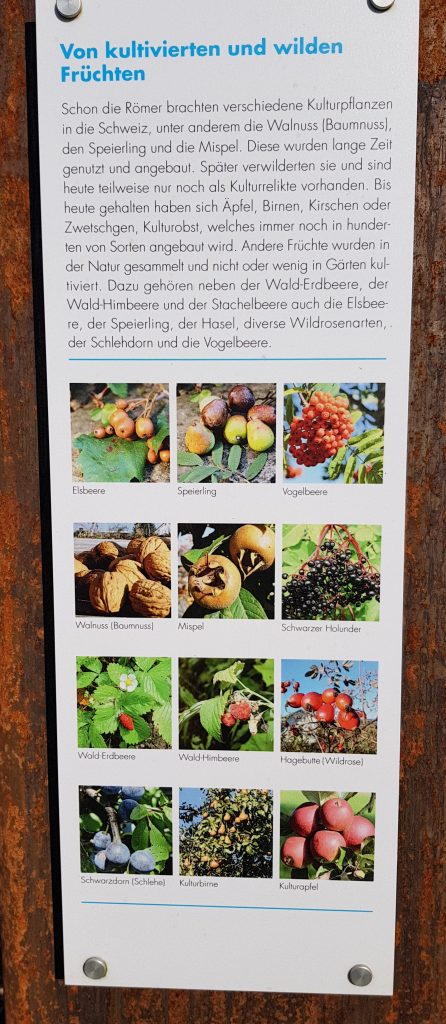
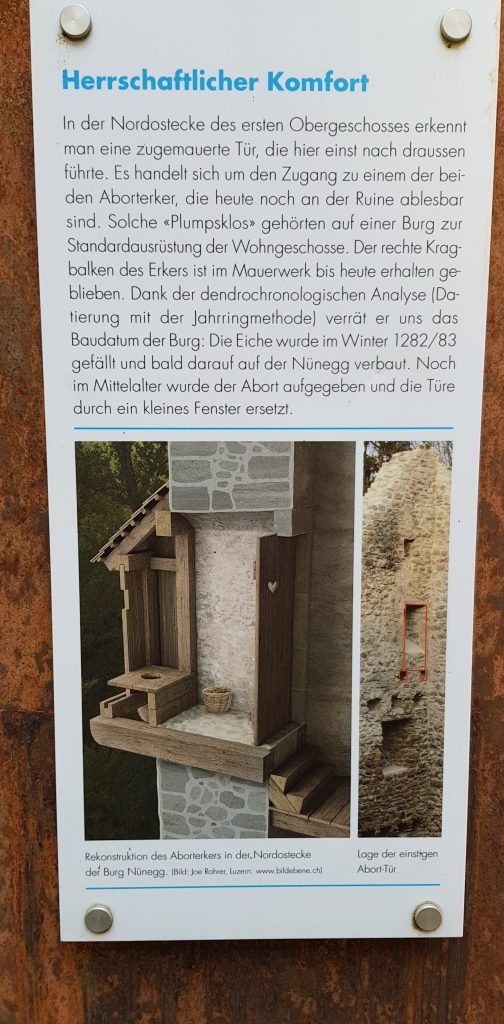
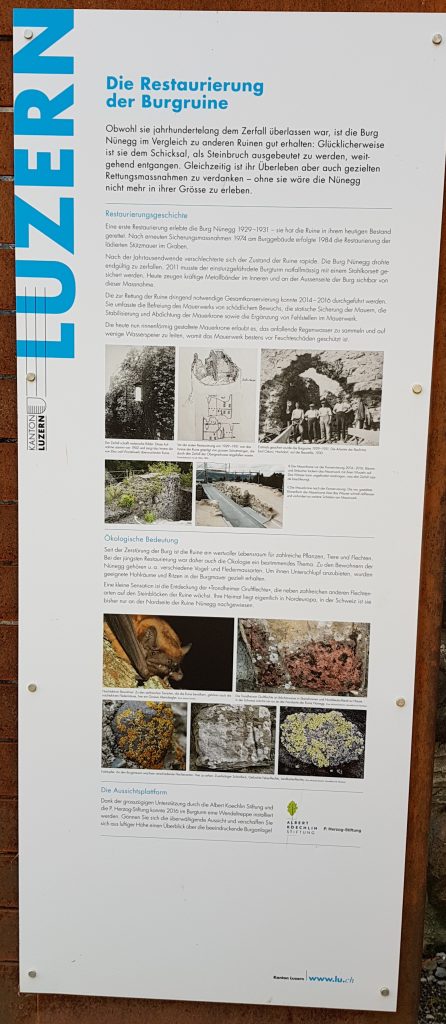
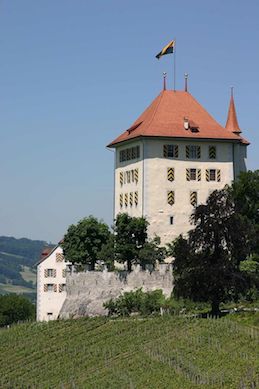
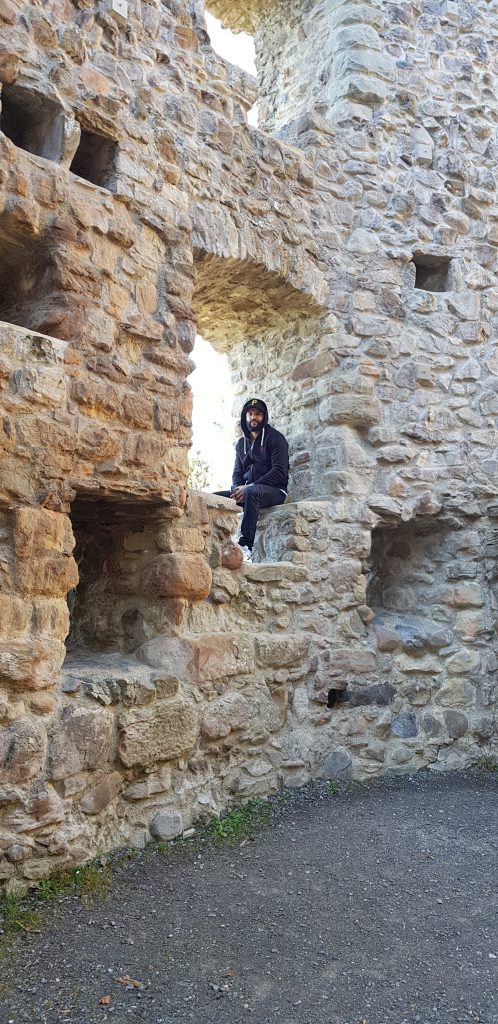
LOCATION
The village is located on the western slope of the Lindenberg – about 4.5 km north of Hochdorf, (the nearest city of 10,000 people), in the Luzernian part of the Seevalley. The village is crossed by the Scheidbach, which flows into Lake Baldegg.
In addition to the main settlement, there are two groups of houses in the former municipal area, namely Burghof (720 m above sea level) and Berghof (784 m above sea level). Just above the village are the ruins of Nünegg Castle. 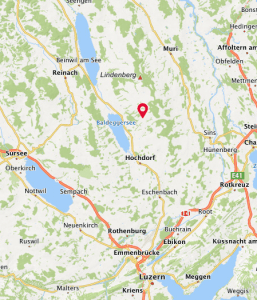
POPULATION
The majority of the village area is used for agriculture, 68.6%. 27.6% are covered with forest and wood and only 3.8% of the settlement area.
The village has remained a small farming village due to its location to this day. The population decreased by 22.8% between 1860 and 1900 as a whole. Over the next two decades, it grew and then stabilized for a long time in the size of 190-200 people. It fell sharply in the 1960s and remained at this level until 1980. Since then, it has been growing slowly again, today its population is between 250 – 300 people.
HISTORY
Lieli or Lielae (from the Old High German name for the forest vine) is first mentioned in 893 in an interest toboggan of the Fraumünster abbey. The Beromünster Monastery and the Muri Monastery in the canton of Aargau also owned the property. Later, the dominion of the village passed to the Counts of Kyburg back in Lieli, Kanton Luzern in whose name the Knights of Lieli ruled. When the Kyburgs died out, the Habsburgs inherited their rights. Nünegg Castle was destroyed by the People of Lucerne in January 1386. The heirs of the knights of Lieli, who died out in the 14th century – for the time being, the Alsatian noble family of Schönau, then the lords of Grünenberg – had their property to be divested to the Lordship of Heidegg in 1431. The lordship of Heidegg belonged to the Free Offices and did not come to the canton of Lucerne until 1803. Since then, Lieli has been at the Hochdorf office.
